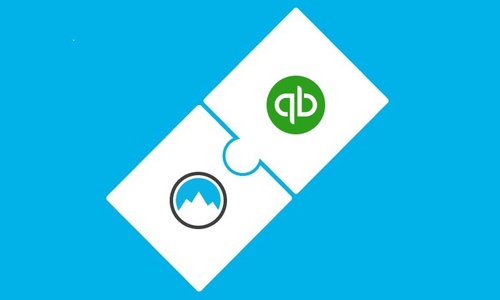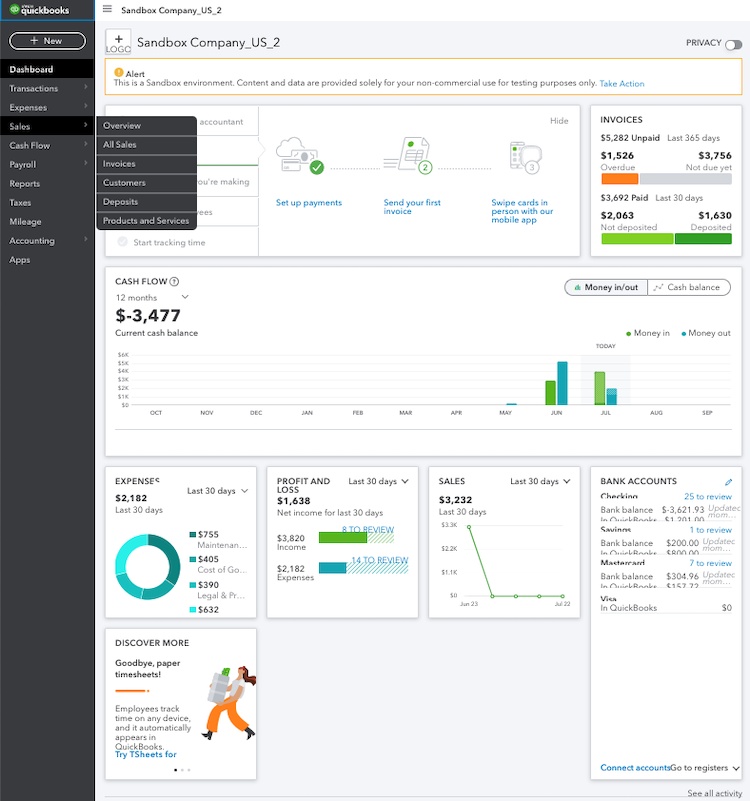Integrate.io customers can now connect to QuickBooks Online API to query, process, and store consolidated information into an easy-to-use reference database structure or file storage.
Sample Use Cases on Integrate.io
- Monitoring company and accounts information: Collect and compile each of your companies' or clients' information from QuickBooks.
- Processing invoices information: Store the information from invoices for consolidation and analysis.
- Processing customer information: Store customer contacts, billing information, and buying histories as a step towards better CRM.
- Auditing items and inventory: Aggregate SKU numbers, unit price and purchase cost of the inventory.
- Compiling discounts and credit memos
How to Connect Integrate.io to QuickBooks
The REST API component from Integrate.io can be used to connect to the QuickBooks Online API. The OAuth2 process detailed here can be set up on pipelines in Integrate.io with variables set to query for access_token & refresh_tokens using the Curl function.
Setting up a Test Company and Test App on QuickBooks
If you have not yet signed up for an Intuit Developer account, you can do so via this link. This account allows you to explore the QBO API.
A Sandbox company dashboard from QuickBooks provides sample data for the sales, invoices, and customers to test with, as shown in the following image:
Setting up the Integrate.io Data Pipeline
We will now walk through an example use case for moving and processing invoices with Xpenty from the Sandbox Company_US_2 in QuickBooks to the destination database.
Here is a sample image of the completed pipeline:
1) Connect via the REST API component with the GET method to the URL (encoded) as https://sandbox-quickbooks.api.intuit.com/v3/company/<realmID>/query?query=select%20%2A%20from%20Invoice&minorversion=<version>
The Headers are set to Accept application/json, Authorization Bearer $access_token as respective Key Value pairs.
2) Process the data. You can use the Integrate.io methods detailed in How Do I Process JSON Data to choose, extract, and further process the required fields. The invoice object from Intuit shows the structure of the JSON data returned.
3) Store the resulting invoice data on file storage, a Database, or one of the many other destination options Integrate.io provides.
Here is a snapshot of the invoice information retrieved via the pipeline:
The process for gaining information on deposits, products, and services will follow a similar set of instructions.
Summary
For all of these scenarios and more, Integrate.io can integrate QuickBooks data with and to other data sources for quick data analysis. Our drag-and-drop interface lets you build ETL pipelines within minutes, without much complex coding involved. Contact us to book your demo and experience Integrate.io for yourself.














